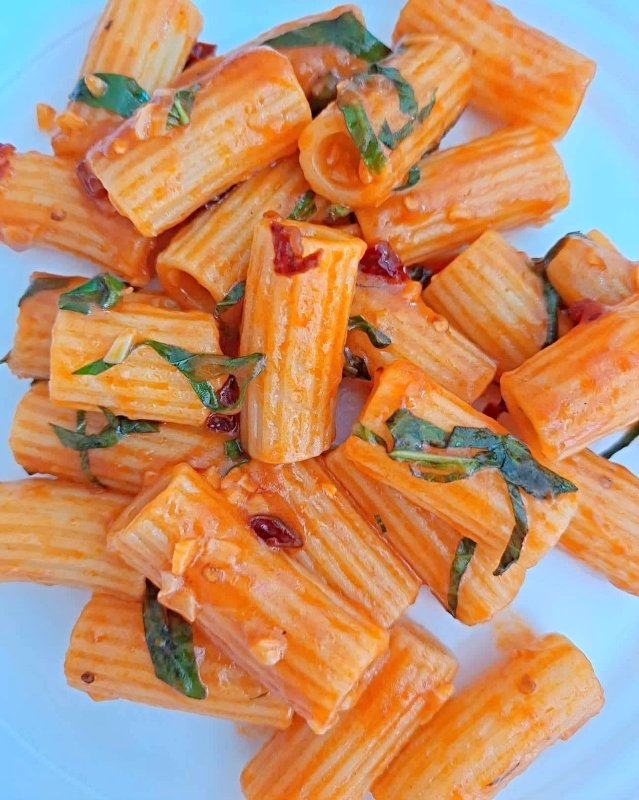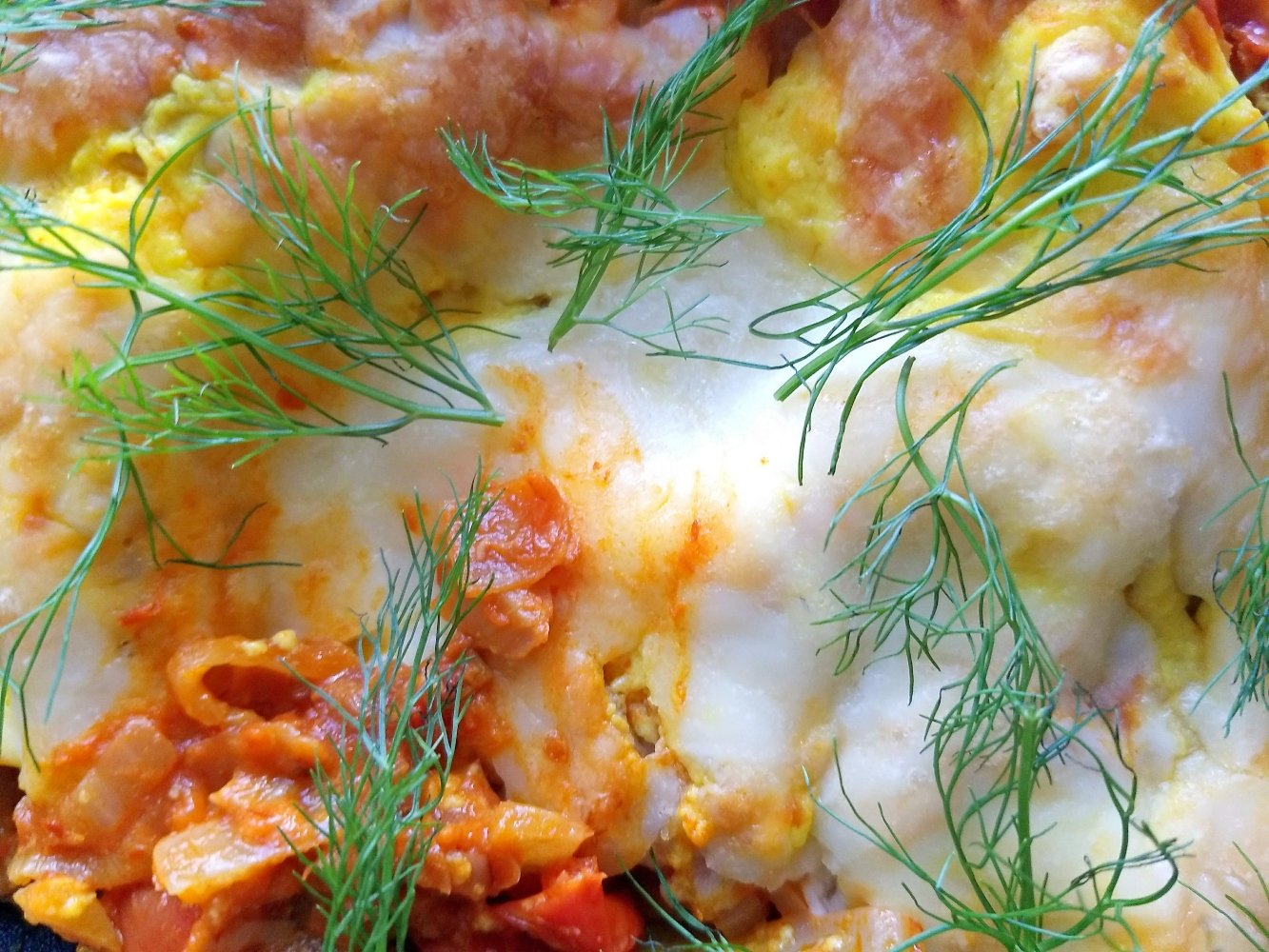Olive Tapenade Cacio e Pepe Pasta
Cacio e pepe, or cacio e peps, as I call it in my head but have the good sense not to say aloud, literally just means “cheese and pepper”; the “pepper” here being black pepper. It’s a simple, if not particularly nutritionally efficient, dish. But hey, that’s what side salads are for! It does require a little technique to get it all to come together, but it’s a pretty quick and easy addition to your weeknight rotation.
Because I’m obsessed with olives, I like to make my version with the addition of tapenade. Traditional French tapenade is made with olives, capers, and anchovies, but here in Morocco it’s usually made with either just olives and olive oil, or olives and garlic. The variety I used is literally just black olives and olive oil. You can easily make some yourself with a blender! Otherwise, you can use a tapenade of your choice.
Cheese on cheese.
Without tapenade, cacio e pepe is–as you probably guessed–pasta with a cheese and pepper sauce. The sauce also contains olive oil, butter, and pasta water, but that’s it! Some people probably think you shouldn’t mess with something so perfectly simple, and to them I say: messing with things makes me joyful, okay?!
Without extra cheese on top, if you’re into that kind of thing.
Notes on the ingredients:
Tapenade: As I mentioned above, the tapenade I have from the olive market is literally just black olives, so you could make your own by blending up some (quality) black olives into a rough paste. Or, you can use a tapenade of your choice. If you are vegetarian, make sure you check the ingredients, as some tapenades contain anchovies.
Cheese: Use a hard cheese, like parmesan, grana padano, or pecorino. I’ve also made it with a hard manchego before and it turned out great. Definitely grate it yourself from a block and do not use those weird parmesan granules. It is important to FINELY grate it, like with a zester, so that it melts easily. Optionally, you can add additional grated cheese to top the dish. Again, if you are vegetarian, make sure you check the ingredients to see what type of rennet was used in the production of the cheese, as many contain animal rennet.
Pepper: I use freshly ground black pepper and dry toast it briefly before adding the olive oil. You definitely want that freshly ground pepper and NOT the pre-ground stuff. This is the main star of the dish, so you don’t want to mess with it!
Pasta: Spaghetti is traditional and I do recommend it over other pasta varieties, as in my opinion it really works best with the sauce. If you have fresh spaghetti, that’s even better! However, if you want to use some other pasta shape, it’s not like it will ruin it or anything. Honestly though, I kind of want to try it with gnocchi…but also I want to try everything with gnocchi because…well, you know what gnocchi is like, right?!
Pasta water: I have never understood why pasta packages and so many recipes tell you to cook dried pasta in 589 gallons of water. I never use that much water and my life is going alright so far, so what is the point?! In this recipe, you actually shouldn’t boil your pasta in too much water, as the sauce relies on the starchy, reserved cooking liquid to come together.
Salt: With the cheese and tapenade, it’s possible you won’t need any additional salt. I don’t, but Moroccan olives tend to be on the saltier side. Make sure you taste it after you add the final ingredients to see if you need extra salt or pepper.
Recipe:

Olive Tapenade Cacio e Pepe
Ingredients
Instructions
- Follow the package instructions to get your pasta cooking, but use less water than it recommends. Depending on the pasta you have, you might half the amount of water.
- Dry toast the freshly grated black pepper in a skillet over medium-high heat until you can smell the aroma, about 30 seconds to a minute.
- At the olive oil and heat until shimmering, about a minute.
- Add 3-4 tablespoons of reserved pasta water along with the cooked pasta. Stir around to coat the pasta.
- Add another 3-4 tablespoons of pasta water, the cheese, and the tapenade. Mix thoroughly until cheese is melted and tapenade is evenly distributed.
- Taste and add salt and pepper as needed.
- Serve immediately with additional cheese grated over the top.
Serving suggestions:
Grate additional cheese on top
Serve with a side salad to get some veggies in, like my Roasted Red Pepper and Goat Cheese Salad
I also like it topped with a red-wine braised portobello mushroom, although I haven’t done it lately because portobellos are kind of expensive here. But if you, like me, are a big mushroom fan, it’s worth trying!













This couscous salad is loaded with fresh herbs and is finished with a spicy harissa dressing.